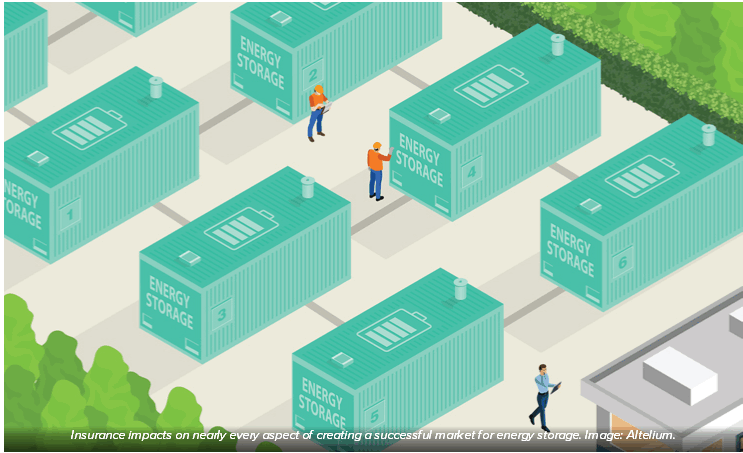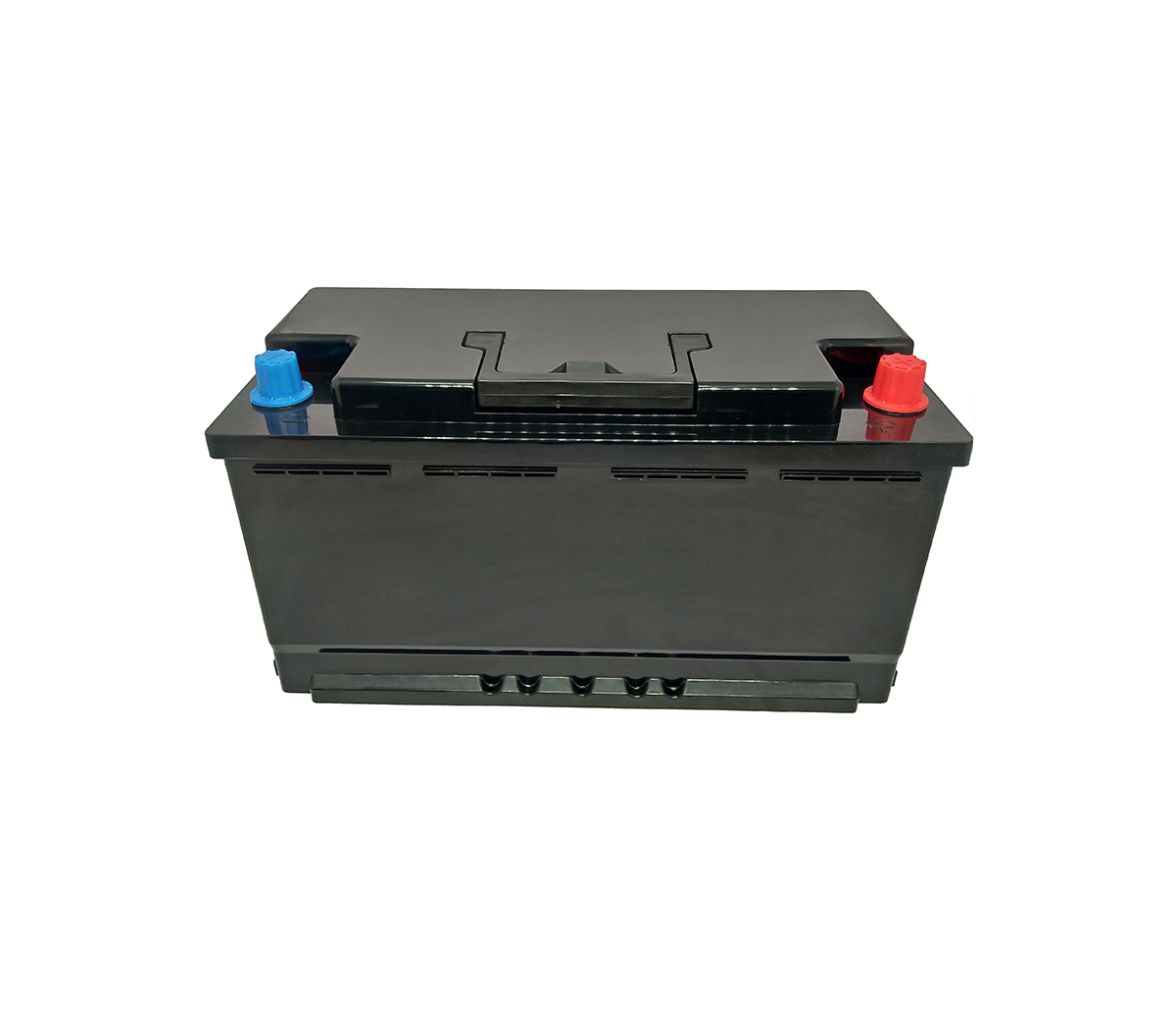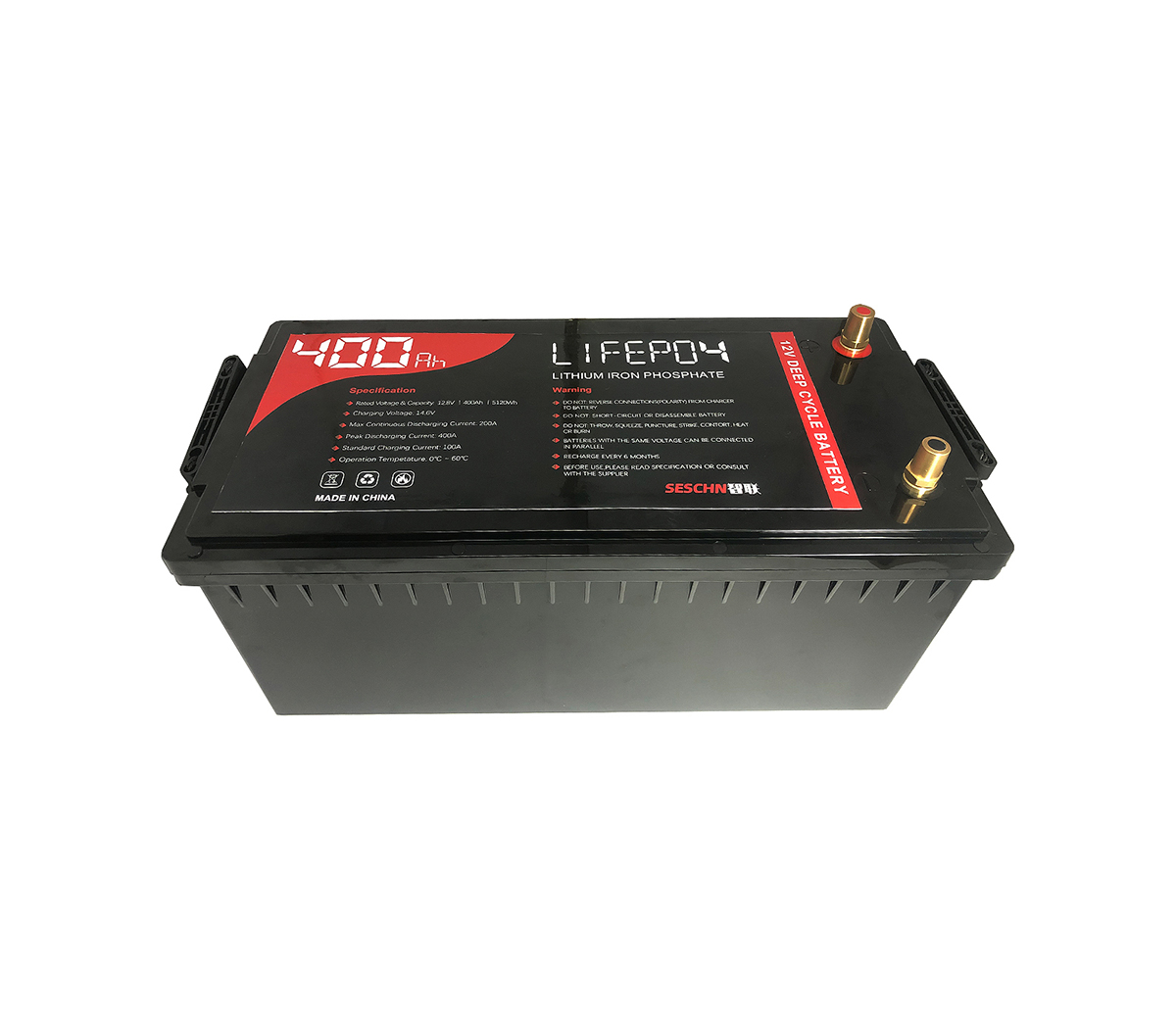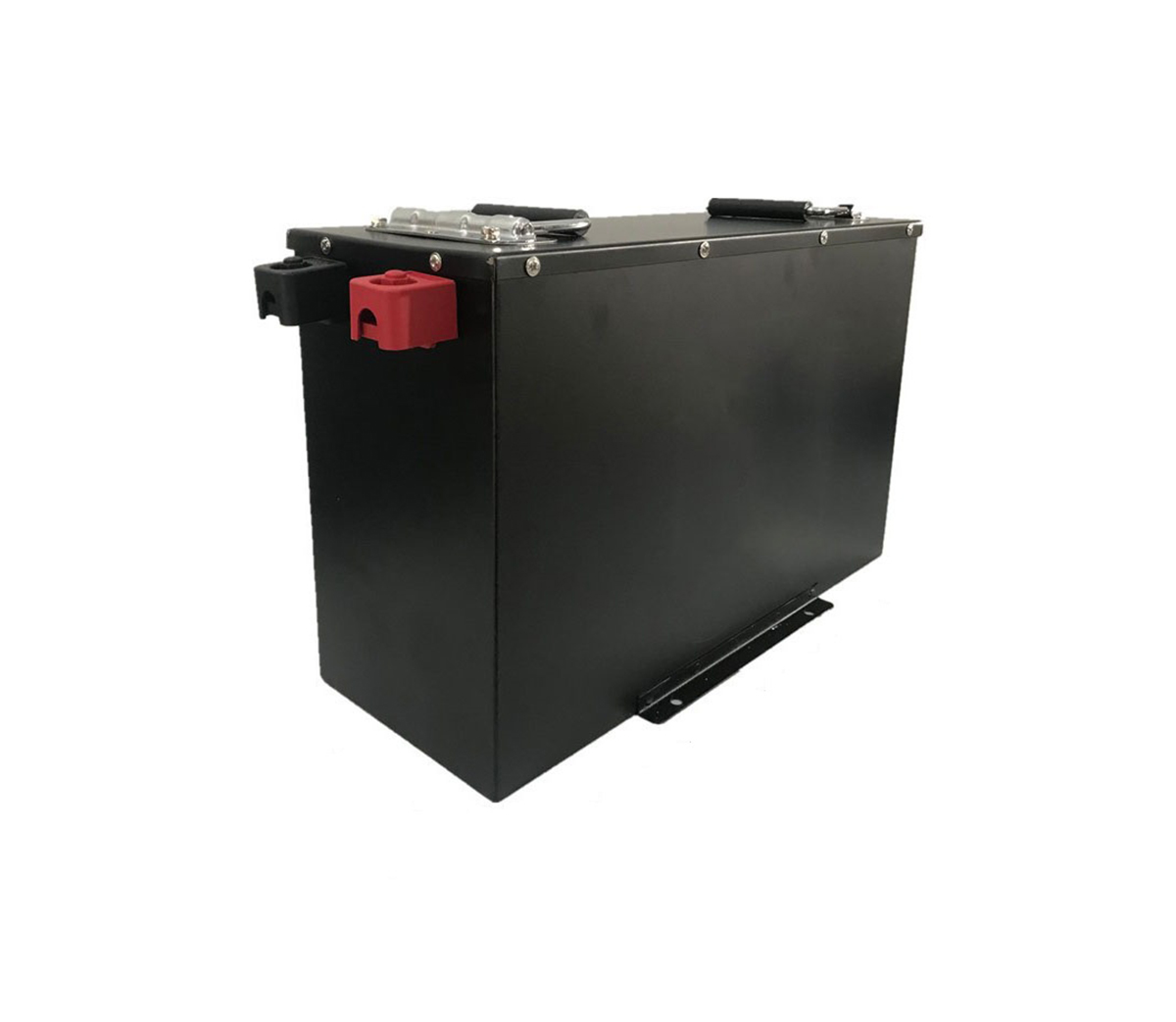Why is insurance the cornerstone for reducing the investment and financing risks of energy storage systems?
In
a recent article published by Charley Grimston, co-founder of
specialist insurance firm Altelium, analysis-driven decisions are not
only applicable to the operation and optimization of battery energy
storage systems, but are also critical to underpinning the long-term
success of the battery energy storage industry. Altelium is an
insurtech business, while Grimsto is a member of the British Standards
Institution (BSI) committee that sets industry standards for the safe
and environmentally friendly handling of battery packs and modules in
the UK.

A: Insurance affects almost every aspect of the energy storage market
Insurance
has always been the cornerstone of securing business growth in various
industry markets. Providing insurance for lithium-ion battery energy
storage systems is a sign that they can be supported, understood, and
assessed for risks.
Lithium-ion battery energy storage systems
can provide insurance services beyond the original manufacturer's
stated validity period, and will provide battery products with quality
assurance and bank guarantees, which will allow the battery energy
storage market to grow and mature. Therefore, it plays a vital role in
the development of the battery energy storage market.
In
addition to this role in helping to obtain capital or deduct risks and
financial liabilities from a business's balance sheet, insurance can
also play a key role in helping to achieve environmental, social and
governance (ESG) goals. In the process, it also helps address and
overcome some of the industry's key challenges, such as confidence in
battery life cycles and fire safety risks.
This is because new
climate change regulations also require access to the information and
technology needed for insurance, such as risk due diligence and risk
mitigation. The process can also interface with practices related to
on-site planning, design, and operations, and can ultimately play an
important role in reducing fire risk, especially if Operational All
Risks (OAR) insurance is purchased for energy storage systems.
The
global standard for corporate climate-related financial reporting is
the framework of the Task Force on Climate-related Financial
Disclosures (TCFD). With the support of G7 and G20 national
organizations, more than 2,200 organizations formally supported
reporting aligned with the Task Force on Climate-related Financial
Disclosures (TCFD).
B: Understand the risk of getting a reward
Likewise,
a periodic analysis of carbon emissions must be performed at every
stage of energy storage system development (from the first stage of
product production to the last stage of end-of-life) in order to
calculate the carbon output. We need to understand the manufacturing
process and battery chemistry, and understand the best operating plans
and procedures for energy storage systems.
That's why insurers
specializing in batteries are so important to the future of the energy
storage market, as few have the ability to have a deep understanding of
these battery technologies, or the ability to process and apply the
battery data needed, let alone mitigate risk, premiums that provide real
value and meaningful terms.
While energy storage developers
want to ensure a good ESG rating for their stakeholders, investors and
customers, the metrics and processes involved can play an important
role in mitigating risk, improving operational safety, and improving
profitability.
Insurers will also review design plans, including
heating and ventilation, gas detection and fire detection systems such
as thermal imaging cameras, as well as water management, unit spacing
and blast walls, which will all be part of good risk mitigation and
planning.
C: Partnering with insurance providers
Of
course, lenders and borrowers have a mutual interest in ensuring that
projects are properly protected from the associated risks. The better a
battery energy storage system is designed and operated, the more
favorable the insurance terms, and arguably the more sustainable and
ranked this asset will perform on any ESG framework.
By
developing good working relationships and sharing knowledge with
insurers who are custodians of widely applied battery knowledge and
experience, the energy storage market will benefit from this expertise
through improved premiums and services.
The process that
insurance companies use to assess risk is divided into two layers.
Begin by checking the reference data of the batteries involved to
understand the electrochemical and electrical architecture within the
battery energy storage system. The second tier is looking at
operational data from the field to understand how the asset was
designed and built and how it is managed - checking and maintaining
systems in place.
SES Power's square aluminum shell lithium iron
phosphate battery (single 100Ah-280Ah) products and special lithium
iron phosphate batteries that can work at -40 degrees Celsius all
purchase global product insurance, which is more for batteries or
ordinary lithium battery pack. For the high-value and highly complex
integrated lithium battery energy storage system, ordinary lithium
battery product insurance has been unable to fully and effectively
protect the interests of various stakeholders. If the related insurance
business of lithium battery energy storage system can become a
standard or a default rule in the industry, it will strongly promote
the development of the energy storage system industry.



































